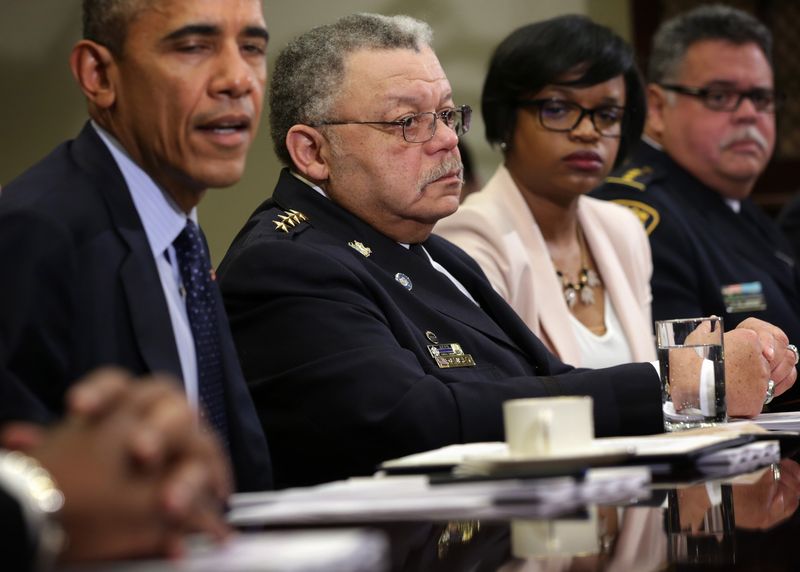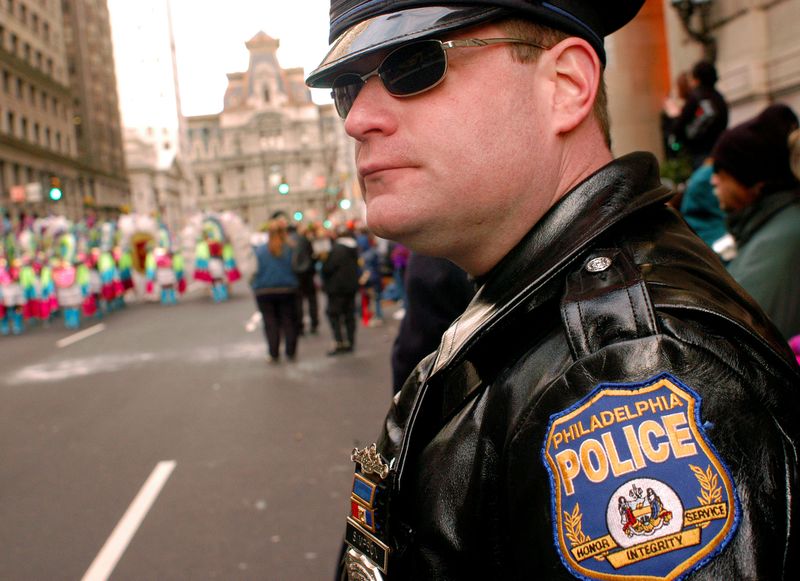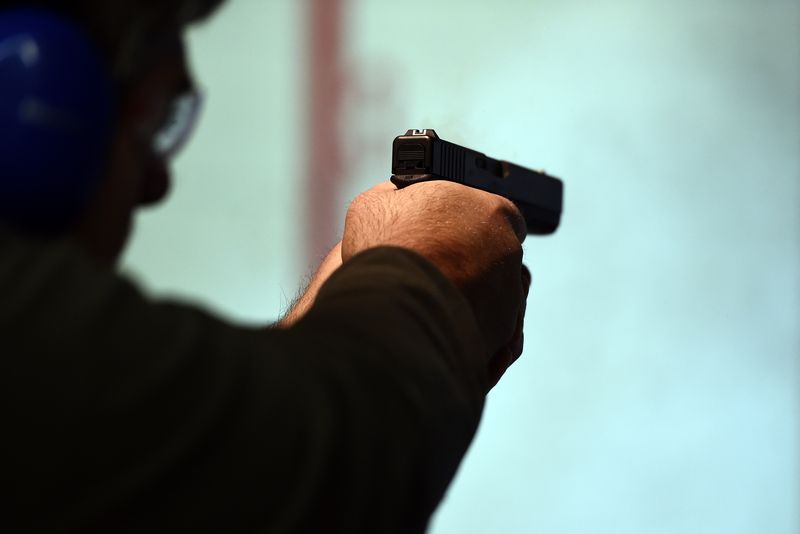- A new report from the US Department of Justice found that Philadelphia police officers were involved in 394 shootings between 2007 and 2014, or nearly one shooting each week over eight years.
- The report outlined several failures that led to the high number of shootings, including inadequate training and poor oversight, and made dozens of recommendations to revamp how officers use force.
- Most officers involved in the shootings were white, and more than eight in 10 shooting victims were black — although the report didn't say whether the disparities were a result of police misconduct or profiling.
- The report comes in the midst of a nationwide debate about racial disparities in police use of force, following the killings of several unarmed black men in the past year.
The report found weaknesses at practically every level of the Philadelphia Police Department: too many shootings, inadequate training, and too little oversight.
The Philadelphia Police Department often fails to properly train officers from the very start, according to the 174-page report. Recruits don't get adequate training on how to de-escalate confrontations. Officers don't receive regular training on use of force, and their existing annual requirements don't cover threat perception, decision making, de-escalation, and defensive tactics.
Field training is so inadequate, the Justice Department found, that "recruits can be thrown into situations where their only guidance comes from their rookie partner."
While police are supplied with firearms, it's difficult for them to obtain nonlethal weapons. Officers must complete crisis intervention training before they can get an electronic control weapon, such as a Taser. The report also says the department's current guidelines are not clear enough on when electronic control weapons should be used.
If a police officer is involved in a shooting, investigations often fall short of the Justice Department's standards: the officers involved in shootings are sometimes interviewed months after the incident, interviews are recorded through typed notes, and the investigations don't evaluate whether an officer could use more training.
Most officers involved in the shootings were white — and the victims were very likely to be black
The report focuses on policies and practices of the police department, but it did find some racial disparities in police use of force.
The report found the average police shooting victim was 20 years old. About 81 percent of those shot were black, compared to 43 percent of the city's population. The rest were white (8 percent), Hispanic (9 percent), and Asian (2 percent). Roughly 15 percent of suspects were unarmed, 3 percent had a pellet gun, and 56 percent had firearms. The others were armed with a sharp object, used a vehicle as a weapon, or it couldn't be determine whether they were armed.
The officers involved in the shooting were 33 years old on average and typically on patrol. About 59 percent were white, 34 percent were black, 7 percent were Hispanic, and less than 1 percent were Asian.
Forty-nine percent of shootings of unarmed suspects were due to cops misidentifying a suspect as armed. The report found black suspects were more likely than their white counterparts to be perceived as a threat when they were unarmed. But Hispanic and black officers were more likely than white officers to wrongly deem an unarmed black suspect as a threat, according to the report.
Philadelphia has a troubled history with police violence

But the Justice Department report is part of a much broader history of police violence in Philadelphia. The New York Times reported:
Philadelphia has one of the nation's most turbulent histories of police violence and corruption. In 1979, the Justice Department sued the city over police brutality. Six years later, in a standoff with the radical group Move, the police dropped a bomb on a house and allowed the fire to burn for nearly an hour before trying to control it. Six adults and five children were killed and 250 people were left homeless after the fire destroyed 61 homes. More recently, police officers have been videotaped punching and beating people. Last month, two officers were arrested and accused of knocking a man off his scooter and beating him with their fists and batons.The report also follows the death of Brandon Tate-Brown, a black 26-year-old man who was killed in December during a traffic stop in Philadelphia.The district attorney concluded Tate-Brown had reached for a handgun, justifying the shooting. But the shooting still led to protests in the city — similar to those in Ferguson, Missouri, following the police shooting of Michael Brown, an unarmed black 18-year-old.
The shootings, the report concluded, foster community distrust. That could make the public more reluctant to cooperate with the police, which in turn makes it more difficult to avoid the types of confrontations that lead to shootings in the first place.
But Ramsey, the police commissioner, seems willing to bring change. Not only did he ask for the Justice Department review, but he's on the task force commissioned by President Barack Obama that's conducting a sweeping review of police practices. When that task force released an interim report earlier this year, he told the Philadelphia Inquirer, "There's not a single recommendation in there I don't agree with."





Reader Comments
to our Newsletter